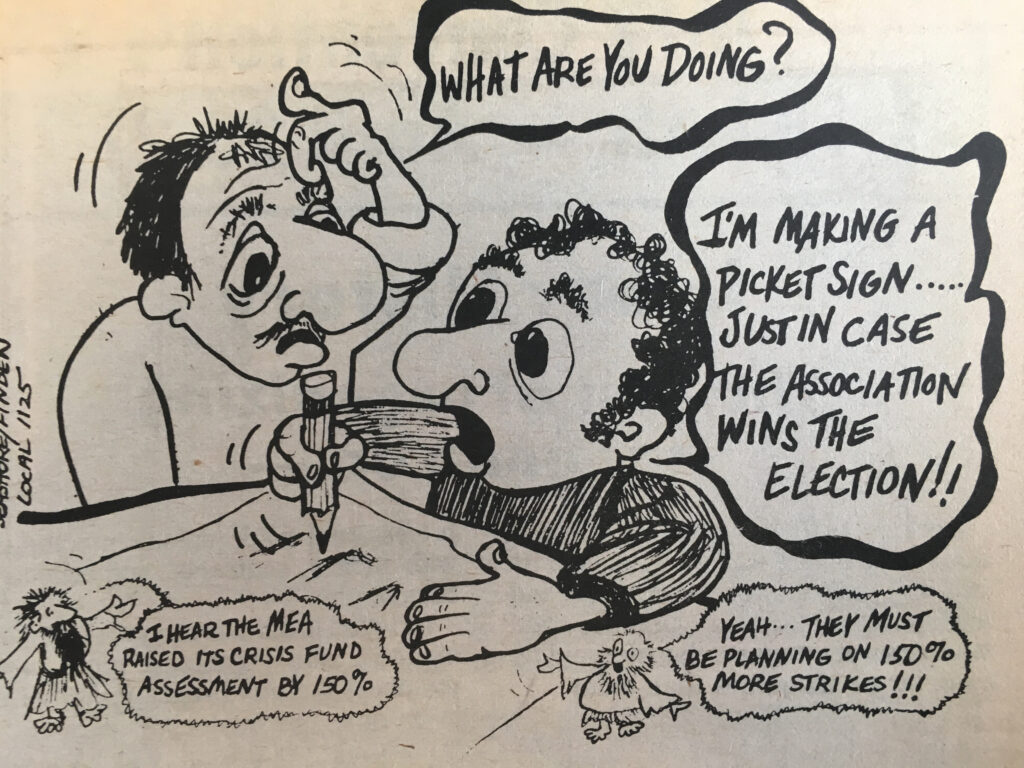Sept. 1 marks the 25th anniversary of the first-in-the-nation merger of the Minnesota Federation of Teachers and Minnesota Education Association to become Education Minnesota.
The merger came after almost a decade of work between local unions, the state organizations and approval from the two national unions.
Before the merger, the two organizations—the MEA and the MFT—were both doing the same things, but just a little differently. But because there were two groups, that inherently created a world of competition, fighting among colleagues, smear campaigns in publications and a division that really served no purpose.

In districts where there were both representatives of the EA and the FT, elections took place to determine who had the majority of support. Whoever won the election became certified as the exclusive representative.
“It was so divisive,” said Jim Smola, who was a leader of the first local union to merge ahead of the state, the Dakota County United Educators. “There were even considerations at the bargaining table about what to go for because something could become an issue in a unit election down the road. And the money that was spent at the local, state and national level on these elections was significant.”
The fighting was also present at the state level. Politicians and decision makers in education were able to use the two organizations as bargaining chips and try to make them take different positions.
“I had legislators saying this is crazy, how are we supposed to pick one or the other when you’re basically asking for the same thing,” said Kathy Hegstrom, a local leader in another merged local union ahead of the state, the Brainerd United Educators.
Because of the risks our leaders took 25 years ago, our union is the strong, statewide voice for students and educators we have today.
“Our focus makes a better school environment for kids, it keeps school districts playing at a level field,” Smola said. “It has just made our voices stronger. We’re a voice for kids and public school employees. It’s a noble thing.”
How are we stronger?
Resources
Education Minnesota’s unity has meant using resources for what members really need at the state and local level, instead of spending resources on cutting down one organization or the other.
“That unified voice paved the way for more involvement and a lot of new programs and better trainings,” said Hegstrom.
Collective voice
The union now represents all members in all corners of the state
“We had the whole state active, together,” said Smola. “Instead of just a percentage here and a percentage there. That makes a huge difference in how the schools boards, district administration and legislators all see us.”
Part of a larger labor movement
With the merger, all of Education Minnesota now became affiliated with the AFL-CIO, including access to regional labor federations which provide locals many opportunities to engage with the labor movement, such as working together with building trades unions to pass levy referendums.


